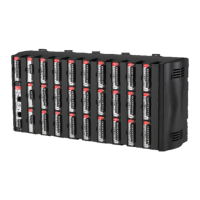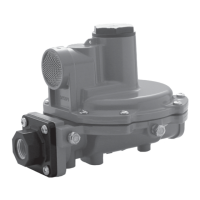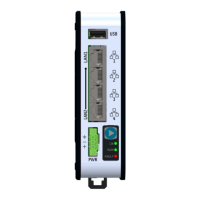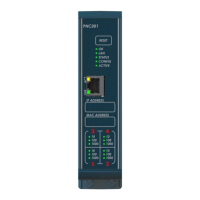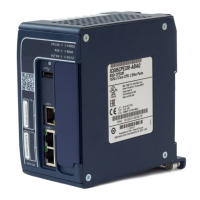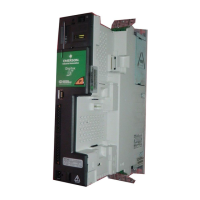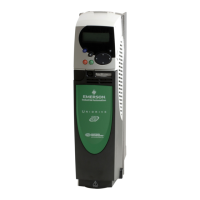ROC800-Series Instruction Manual
1-12 General Information Revised July-2017
Note: To convert a ROC800 to a ROC800L, refer to the ROC800L
Field Conversion Guide (part D301683X012 ).
The ROC800-Series Operating System firmware provides a complete
operating system for the ROC800. The firmware in the ROC800 is
field-upgradeable using a serial connection or the Local Operator
Interface (LOI) local port. For more information, refer to the ROCLINK
800 Configuration Software User Manual (for ROC800-Series) (part
D301250X012) or the ROCLINK 800 Configuration Software User
Manual (for ROC800L) (part D301246X012)
The firmware supports:
▪ Input/Output Database.
▪ Historical Database.
▪ Event and Alarm Log Databases.
▪ Applications (PID, AGA, FST, and such).
▪ Measurement Station Support.
▪ Determining Task Execution.
▪ Real-Time Clock.
▪ Establishing and Managing Communications.
▪ Self-Test Capability.
The firmware makes extensive use of configuration parameters, which
you configure using ROCLINK 800 software.
The ROC800-Series firmware uses a pre-emptive, multi-tasking,
message-based Real-Time Operating System (RTOS) with hardware-
supported memory protection. Tasks are assigned priorities and, at any
given time, the operating system determines which task will run. For
instance, if a lower priority task is executing and a higher priority task
needs to run, the operating system suspends the lower priority task,
allows the higher priority task to run to completion, then resumes the
lower priority task’s execution. This is more efficient than a “time
sliced” architecture type.
The ROC800 reads data from and writes data to data structures called
“points.” A “point” is a ROC Plus Protocol term for a grouping of
individual parameters (such as information about an I/O channel) or
some other function (such as a flow calculation). Points are defined by
a collection of parameters and have a numerical designation that
defines the type of point (for example, point type 101 refers to a
Discrete Input and point type 103 refers to an Analog Input).
The logical number indicates the physical location for the I/O or the
logical instance for non-I/O points within the ROC800. Parameters are
individual pieces of data that relate to the point type. For instance, the
raw A/D value and the low scaling value are parameters associated with
the Analog Input point type, 103. The point type attributes define the

